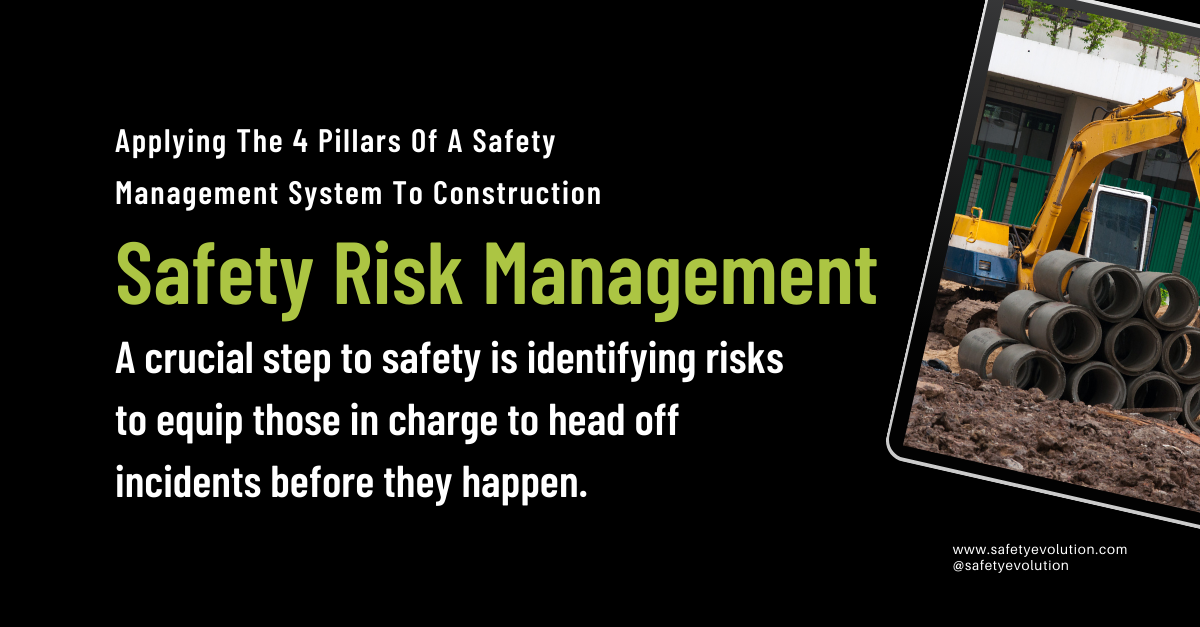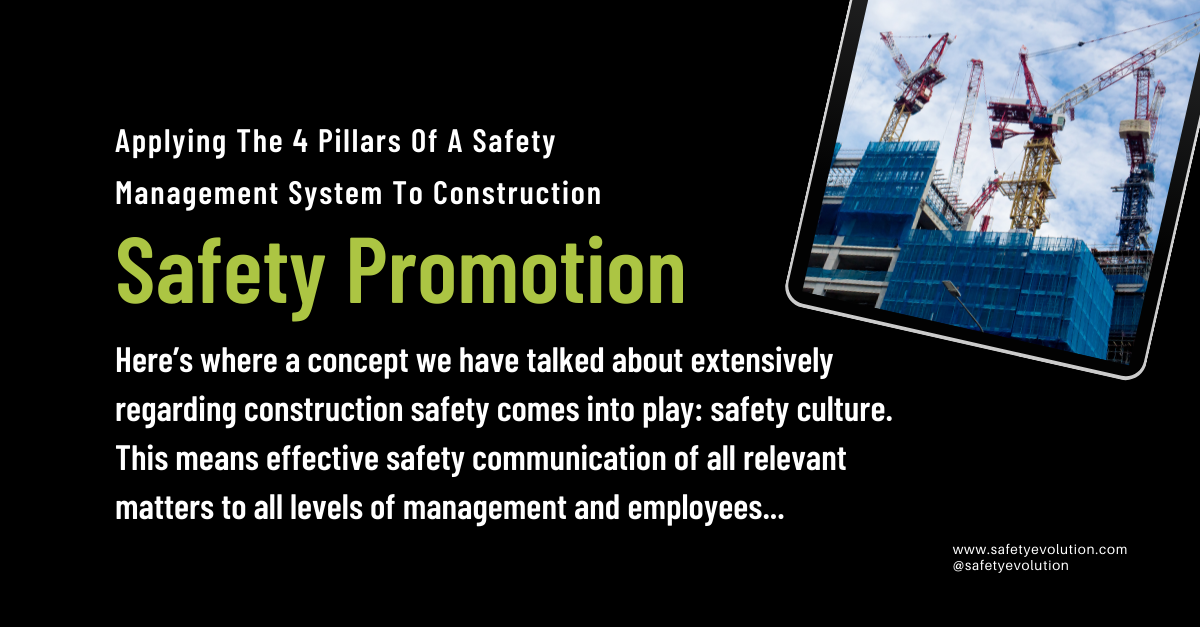The aviation industry is highly regulated, for reasons that are likely obvious: when you are sending metal tubes into the sky full of people, a good overview of all safety policies and procedures is crucial. The International Civil Aviation Organization (ICAO) is a United Nations specialized agency established in 1944 to manage the planning and development of international air transport, including safety standards. As part of this task, the organization requires member states to make it mandatory for aviation companies to implement safety management systems that comply with ICAO standards.
One aspect of this is the four pillars or components of an effective safety management system:
- Policy and Objectives
- Safety Risk Management
- Safety Assurance
- Safety Promotion.
These pillars allow senior management and those in charge of safety to plan and implement a safety program that’s effective, comprehensive, and life-saving. For that reason, these pillars of safety management systems can and should be applied to other industries—including the construction industry, which presents numerous dangers. Here’s how the four pillars, or SMS components, can be applied in construction.

Safety Policy and Objectives
This first pillar forms the base of an effective safety management system and consists of documentation that lays out the intention of the SMS and the company’s commitment to upholding it. There are four main elements:
- The management commitment: A statement of commitment by the company management to providing the necessary resources, following procedures for reporting incidents, and supplying information to employees where needed. This is agreed to and signed by a responsible executive.
- Safety accountabilities: A document that clearly lays out and defines the responsibilities of various managers and employees at different levels. This should include the appointment of key safety personnel.
- Coordination of emergency response planning.
- SMS documentation. All safety activities should be recorded, and the information made available to employees.
While this pillar includes a lot of paperwork and administration, it’s hugely important as it lays a foundation for the more practical aspects. It’s part of the planning process and should ensure the buy-in of management and employees alike—as well as compliance with local or national regulating bodies. All of this is very important in the highly-regulated construction industry, where a strong top-down culture of safety is critical to a safe site.

Safety Risk Management
A crucial step to safety is identifying risks to equip those in charge to head off incidents before they happen. This applies not just in aviation but in just about any industry—even an office undergoes risk management to reduce any health and safety risks such as tripping and RSI to an acceptable level. Of course, in an industry like construction which includes some very dangerous roles, safety risk management is essential.
The process starts with hazard identification. On a construction site, this is a tall order! Knowing the hazards, however, is the only way to pre-emptively make things safe for workers—otherwise, safety measures would only be implemented after an accident or near-miss situation. Things to consider in a construction setting include machinery, heights, ladders and scaffolding, vehicles, electricity, flammable materials, and exposure to heat and cold… the list is almost endless and will depend on the site and project. Hazards can be assessed according to the severity and plans to mitigate risk made around these and incorporated into the SMS program.
Above all, this pillar is about taking a proactive approach to safety. That’s something that can save lives on a construction site just as much as it can in aviation.

Safety Assurance
This pillar is about evaluation—it ensures that the safety management system is constantly being evaluated and adapted to new challenges. The system should be continuously assessed, situational changes addressed, and improvements made according to feedback or audits.
These internal evaluation processes are particularly important on a construction site, where things change and develop as the project progresses. The feedback from workers on the ground is invaluable to a safety management plan, and with good safety management software that allows digital form submission, like Safety Evolution's digital safety forms, it’s easy to collect and collate the necessary information.
Safety assurance also means staying on top of new safety recommendations and regulations from any governing bodies. A safety management plan should include how the organization will respond to these.

Safety Promotion
Here’s where a concept we have talked about extensively regarding construction safety comes into play: safety culture. This means effective safety communication of all relevant matters to all levels of management and employees, including any changes like the ones mentioned above. This is a two-way street—workers are expected to engage with all safety procedures, encourage others to do so, and provide feedback to management whenever they come across an issue. On a construction site, toolbox talks are a big part of this pillar. When done properly and in an engaging manner, they are a fantastic venue to pass details both ways and keep everyone informed.
Another major part of the safety promotion pillar is safety training and education, a very important undertaking in construction. With a tool like the employee training matrix, safety managers can ensure that workers are achieving and maintaining the necessary or recommended certifications. Training and education are one of the best investments an employer can make in their employees. When it comes to construction safety, training courses can not only upskill people but save lives, too. Continuous improvement of safety practices is best done through a focus on training and education. Safety Evolution's built-in Learning Management System allows you to upload, build, assign and track employee orientations and training courses.
Beyond Aviation Safety: The Four Pillars For A Safe Construction Site
While traditionally the four pillars of safety are for aviation service providers, they make a fantastic foundation for safety management in any industry where health and safety is of a particularly large concern—like construction. They lay a solid blueprint for organizational structure and supporting documentation, hazard identification and risk assessment, continuous assessment and improvement of safety practices, and a safety culture that includes plenty of training and a free flow of information between all levels of a company.
Safety Evolution's comprehensive safety management software can work as a tool to implement the SMS framework on a construction site and attain safety goals without an overwhelming amount of paperwork and administration. It saves time and frees up workers to focus on real safety.
STOP WASTING TIME FILING PAPER FORMS - HAVE OUR TEAM DIGITIZE YOUR FORMS FOR FREE.
Sign up to receive our weekly newsletter with helpful safety content below!